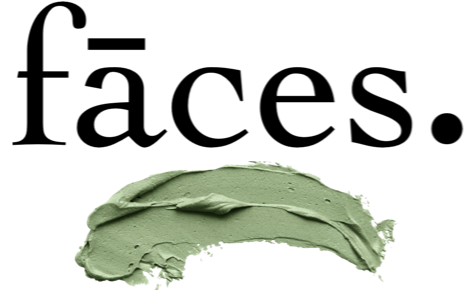FUNGAL ACNE —
unlike regular acne, fungal acne isn’t caused primarily by oil and bacteria in pores, although oil and sebum production are a big part of helping feed the bacteria that cause fungal acne.
Instead, the pimple-like bumps and irritated skin associated with fungal acne are caused by an overgrowth of yeast. several conditions or events can upset this balance of bacteria and fungi, including:
• Trapped moisture. Wearing sweaty workout clothes for too long can encourage yeast growth. Rewearing workout clothes without washing them may also expose your skin to fungi that have grown in the clothes.
• Medication- like antibiotics.
• Suppressed immune system.
• Diet. sugar and dairy specificity
• Wearing tight clothes.
•Warm, moist environments (‘tis the season)
People with fungal acne, not knowing the difference, may treat it with regular acne skin care options that can actually make this issue worse.
Here’s how to tell the difference between fungal acne and bacterial acne:
• Size. Pus-filled bumps caused by fungal acne tend to be nearly all the same size. Bacterial acne can cause pimples and whiteheads of varying sizes.
• Location. Fungal acne often shows up on the arms, chest and back. It can also be on the face where bacterial acne is most common, such as foreheads from wearing sweaty/dirty ballcaps on a hot vacation.
• Itching.
• Clusters.
so how do you treat fungal acne? here are a few simple ways:
•Shower more regularly
•Wear looser clothes
•Try Dandruff shampoos made with pyrithione zinc or selenium sulfide can be affective (like head and shoulders!)
•Use over-the-counter (OTC) antifungal treatments
A variety of OTC antifungal creams and ointments are available. Look for products with ketoconazole, butenafine, or clotrimazole cream.
